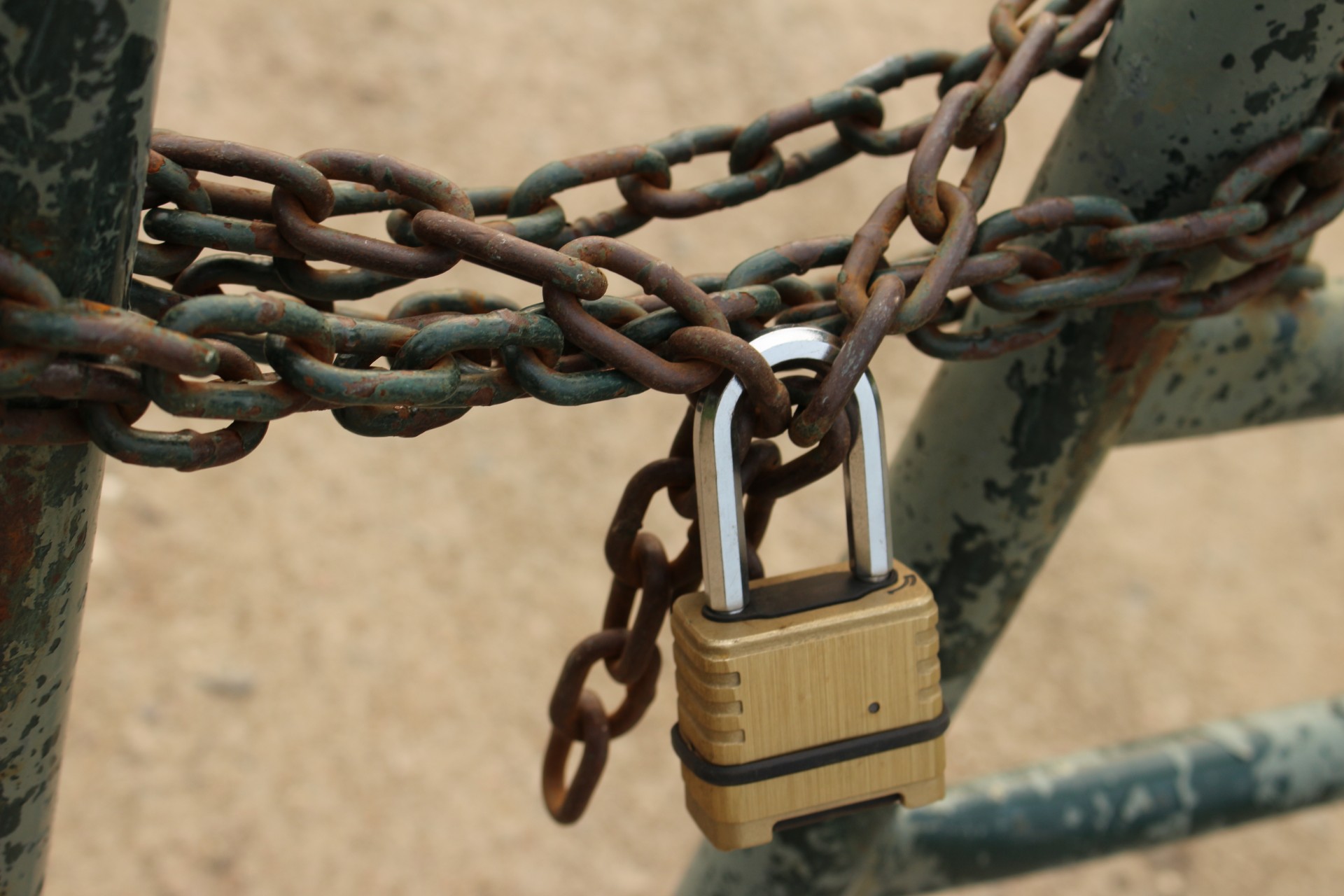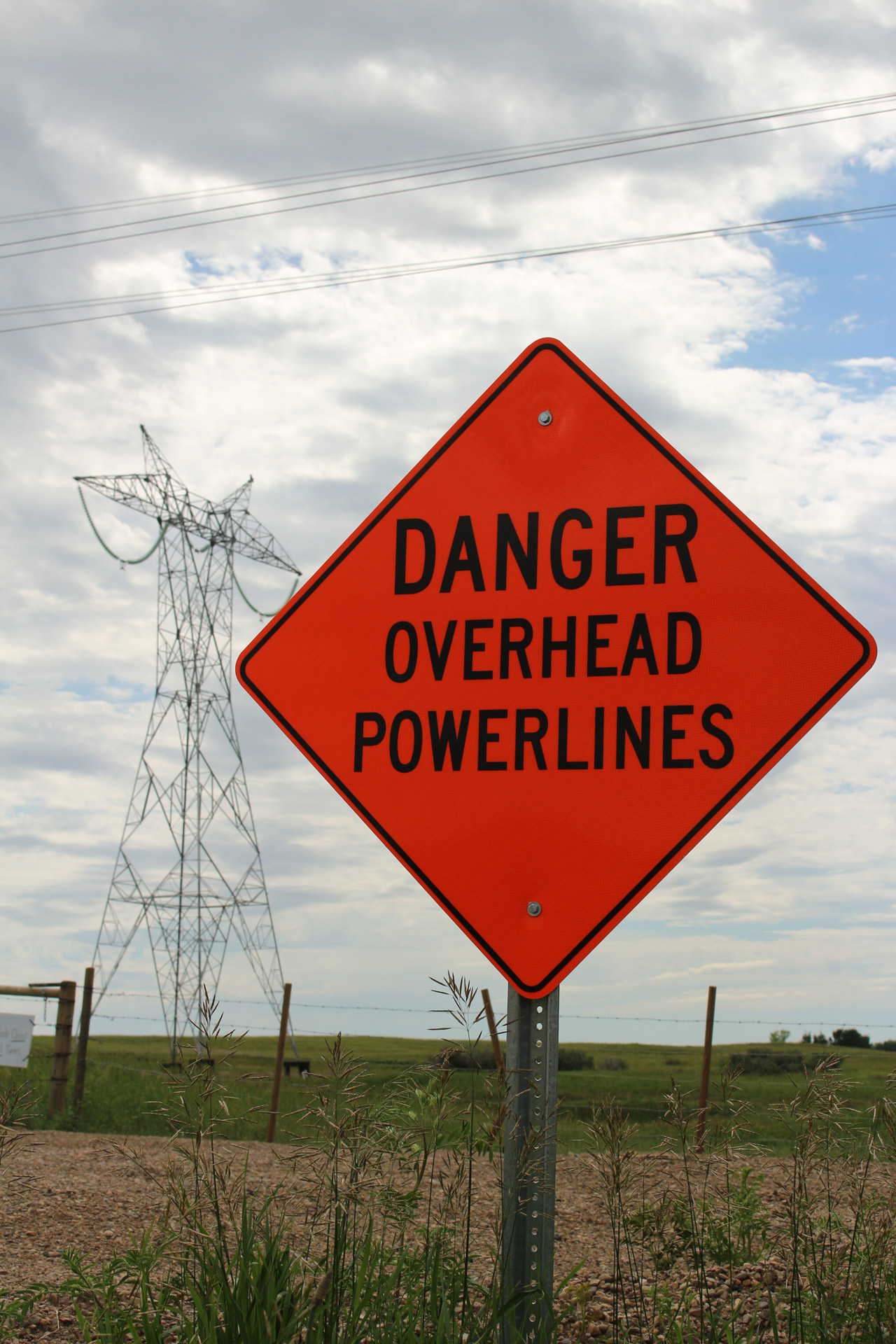
Each time a team goes to work, there is the potential to encounter risks from hazardous energy sources of some type. All safety planning involves energy sources. Maintaining a safe working environment for the team depends on the recognition of those hazardous energy sources, and the careful evaluation of them to determine what mitigations might be appropriate to reduce risks and facilitate safely completing the work. So, what are the potentially hazardous energy sources that need to be considered?
- Mechanical energy. Energy produced by moving parts on machines, like wheels, crank shafts, or springs.
- Hydraulic energy. Involves energy from fluid under pressure, moving liquids, hydraulic fluids, water or oil, in accumulators or pipe and fluid lines.
- Pneumatic energy. The energy of pressurized gas, such as found in compressed air or other gas tanks, and transmission pipelines.
- Chemical energy. Energy produced as a result of a chemical reaction between two or more substances.
- Thermal energy. Hot or cold heat generated from machines of various types, and includes steam energy. Also includes solar energy, where sunburn is always a concern.
- Electrical energy. Energy present in wired features, transformers, or circuit breakers in and around sites delivering power to lights and equipment and could include stored energy in batteries and capacitors.
- Magnetic energy. Energy stored in magnetic fields that can be encountered in magnetic storage devices and capacitors.
- Radiation. Energy released from unstable element nuclei in radioactive equipment such as soil density meters.
- Gravity. A common energy hazard resulting from some object accidently descending, sliding or falling. The object could be equipment, a structure or building materials for example.
Once the energy sources have been identified, prior to starting, all jobs need to be risk assessed to identify the risks and determine the appropriate mitigations to reduce those risks. Then, when the project starts, at a kickoff safety meeting the workers can be informed of the site conditions so that they are aware of and discuss the potential risks and mitigations. Then hopefully the team can apply the lessons from the kickoff safety discussion and work safe throughout the project.
Historically, workers have inadvertently become involved with too many energy source related incidents that resulted in injuries or worse. In 1989, OSHA standardized the control of hazardous energy source maintenance procedures. Similar to the list presented above, energy sources OSHA has concern with include electrical, mechanical, hydraulic, pneumatic, chemical, thermal, or any other sources in machines and equipment that can be potentially hazardous to workers. Standardizing of procedures was done to ensure that potentially dangerous systems (energy sources) or machines are properly shut off and cannot be restarted prior to the completion of the maintenance or repair work. The OSHA standards should also be assumed to apply to work involving proximal equipment or structures where work could inadvertently contact or be affected by energy sources. These standards are also intended to prevent unassociated individuals from being able to enter a work area, then inadvertently cause an accident. OSHA's standards outline the steps workers must take to avoid accidents and injuries with dangerous energy sources where the unexpected startup or release of stored energy can result in serious injury or death to workers. These standards address, lockout tagout or LOTO, which are procedures involving disconnecting energy sources and disabling systems or machinery prior to repair. Because of the potential severity of the consequences from any potential incident on workers, it is important to always keep LOTO procedures current along with Activity Hazard Analyses (AHA), and other health and safety plans. As with all aspects of safety plans, when kickoff or other meetings occur where the project is discussed, if conditions have changed from those anticipated during the initial planning, Management of Change (MOC) procedures should be followed to document the changes, including to potential risks, and the mitigations. This is to ensure communication detailing these changes to workers such that they understand the appropriate procedures for the planned work tasks.

Nowadays extreme weather conditions are becoming a new normal, and we all need to incorporate that challenge into energy source safety planning and preparations. A recent event at an old mine site in the Nevada desert illustrates the need for identifying and communicating details of such changed conditions as well as maintaining readiness of LOTO procedures. Power poles at the site get blown down by the periodic high-wind events that occur up to several times per year, and that has been the case in recent years. These are events that can happen anytime, and are never scheduled. That commonly is the way many incidents occur everywhere. So, even for sites where at times only limited or no normal activities may be scheduled, it still makes sense to perform periodic AHAs to discover and evaluate all the potential hazardous energy sources in case unanticipated events might occur. Those blow-downs at the referenced site create crises since occasionally resultant unprotected hazardous energy sources may be exposed on the site. That is, potentially energized power lines may be on the ground unprotected. Having a well thought out LOTO plan of action in place facilitates staff mobilization, quick establishment of exclusion zones, and the cutting off of the energy sources that could cause potential injuries. Often the total extent of these electrical hazards are difficult to know and define immediately as they may not be obvious unless/until an actual path to ground occurs. Hopefully that path will not have been introduced inadvertently by some individual. An important aspect of this example is that having a well thought out LOTO plan enables the team to take action to reduce the risks from the blow-down or other hazardous energy related events. A great inexpensive tool to facilitate preparation and maintenance of LOTO programs is from LOTOBuilder.com.
Try LOTOBuilder today. It is currently available for a FREE 30-day trial which will allow you to manage your lock out tag out program from start to finish. Easily enter your workers, equipment and LOTO procedures to build an entire LOTO program. Save time and money using LOTOBuilder.
To support assessing job task risks a great companion to LOTOBuilder is JSABuilder.com which inexpensively allows teams to prepare AHAs or Job Safety Analyses (JSAs). It's also FREE to try out www.JSABuilder.com, to discover this outstanding JHA/JSA software that will help your team work safely and go home at the end of each work day without harm. Follow JSABuilder on Twitter @JSABuilder, where we tweet about Health and Safety, post Safety tips, and provide updates on current Health and Safety topics. JSABuilder, helping keep workers safe since 2008.
